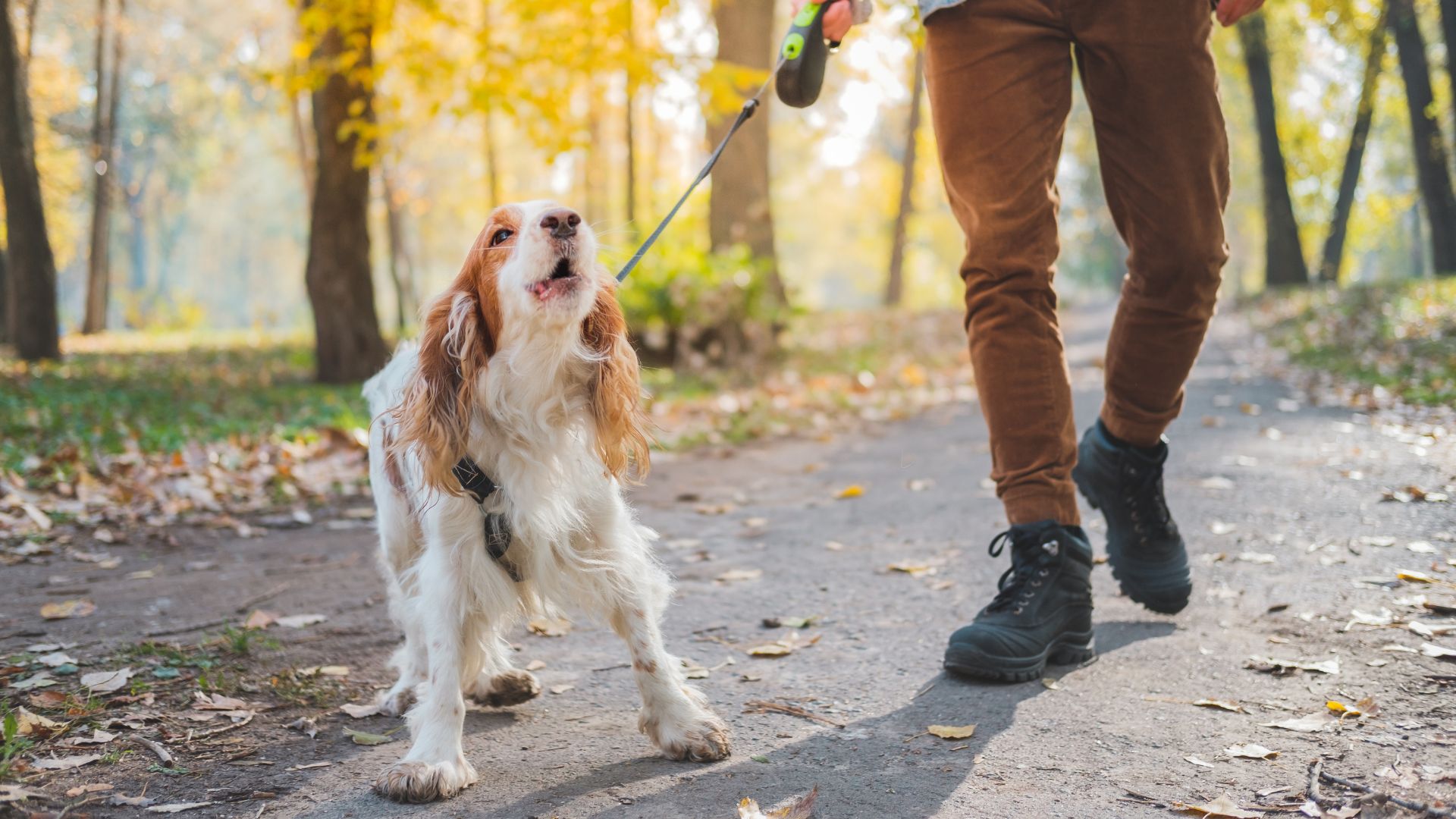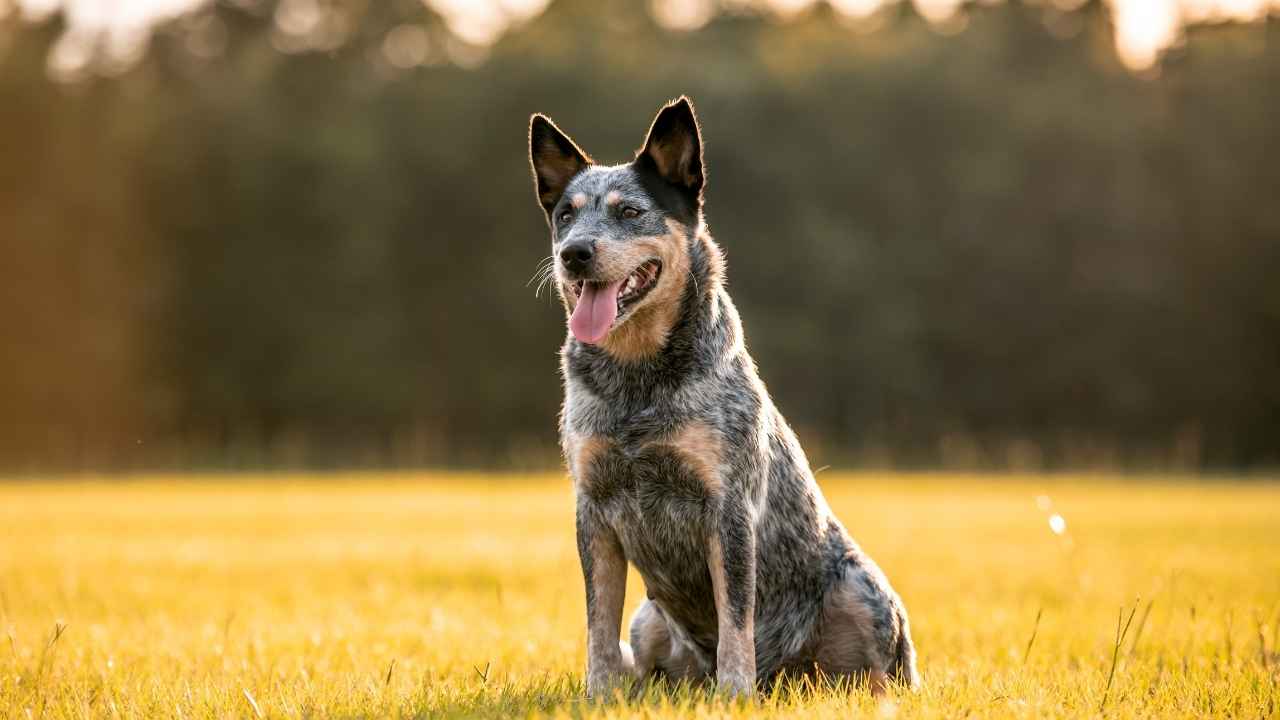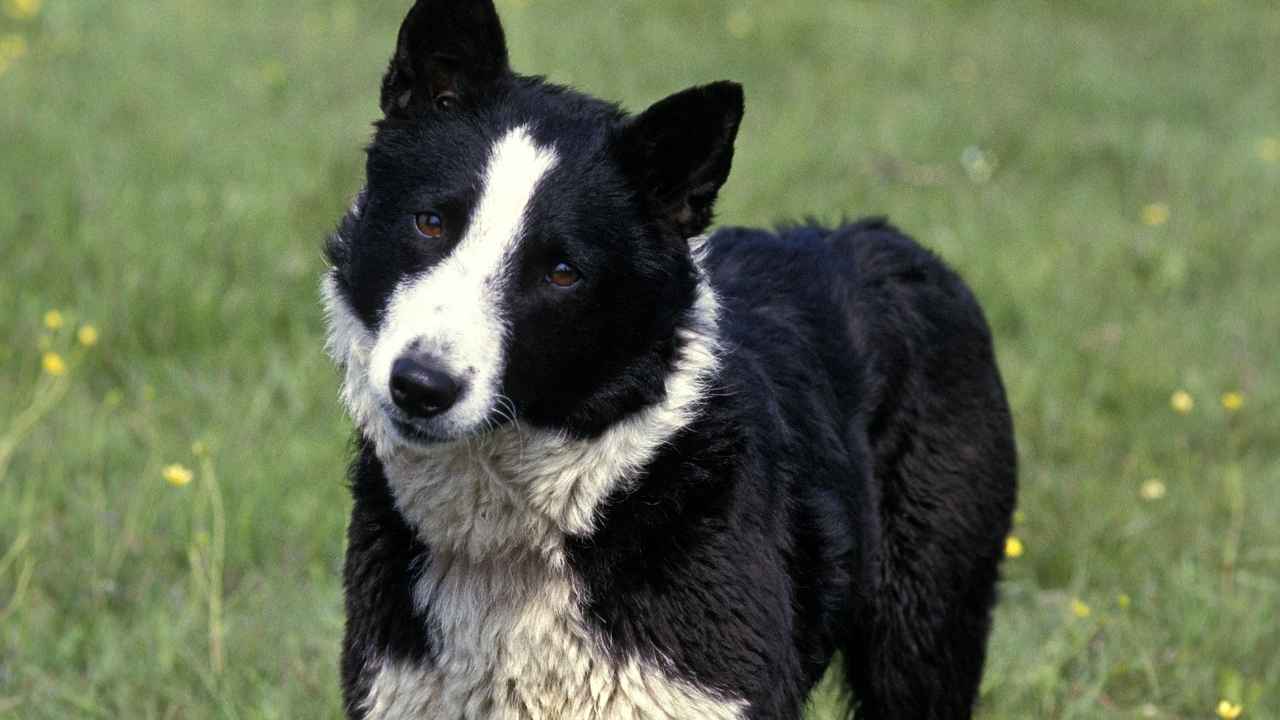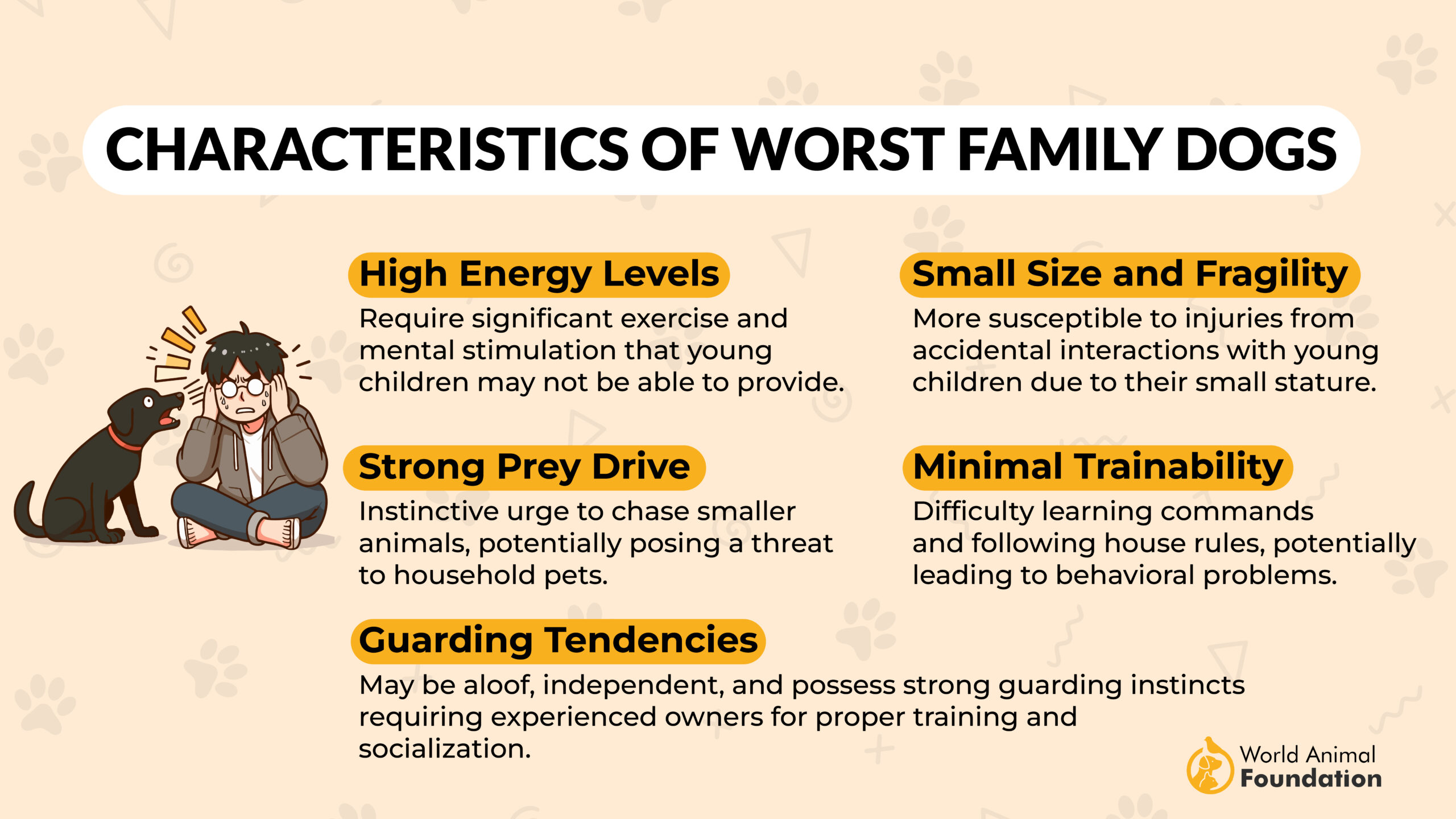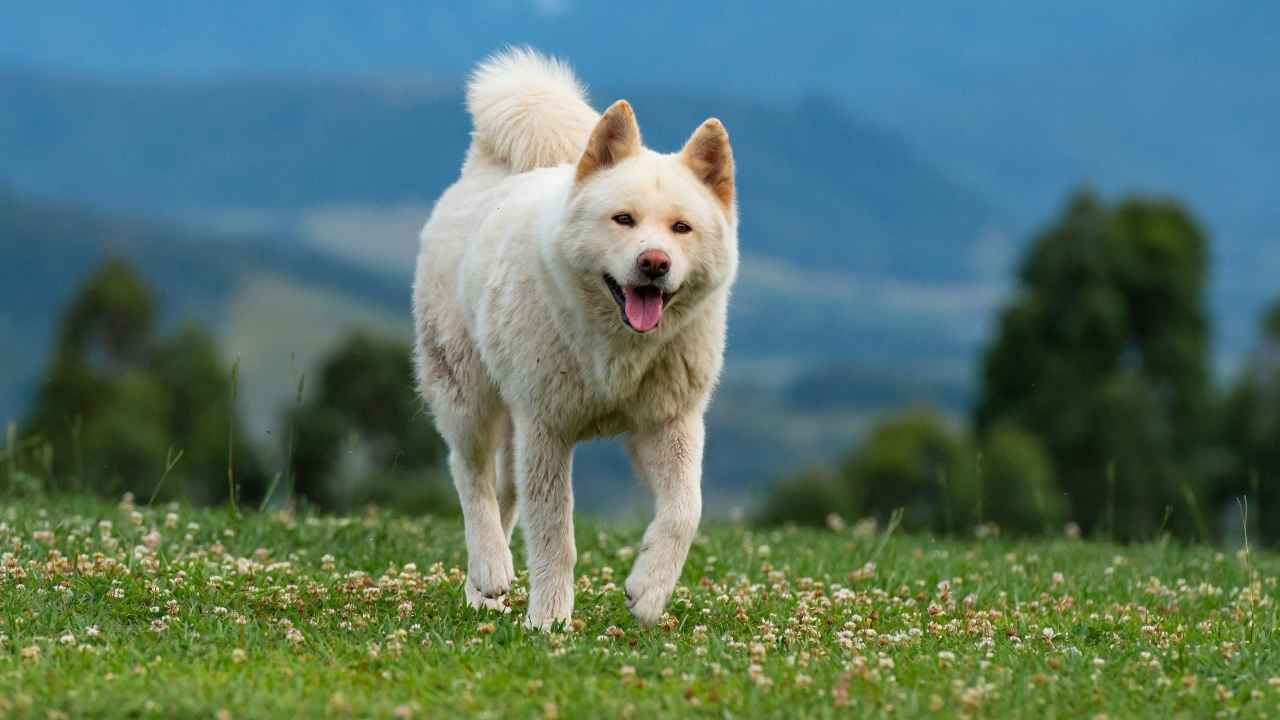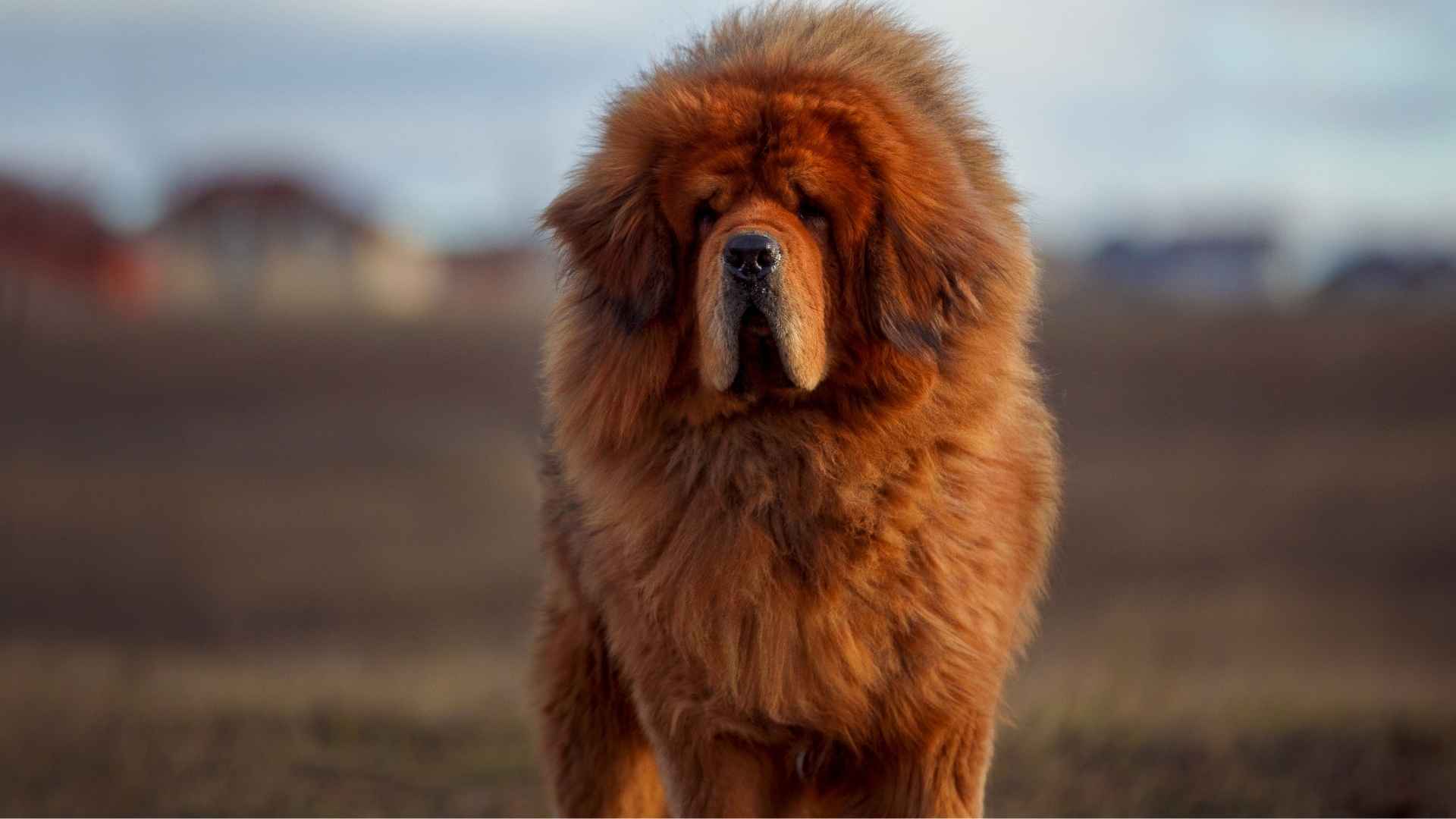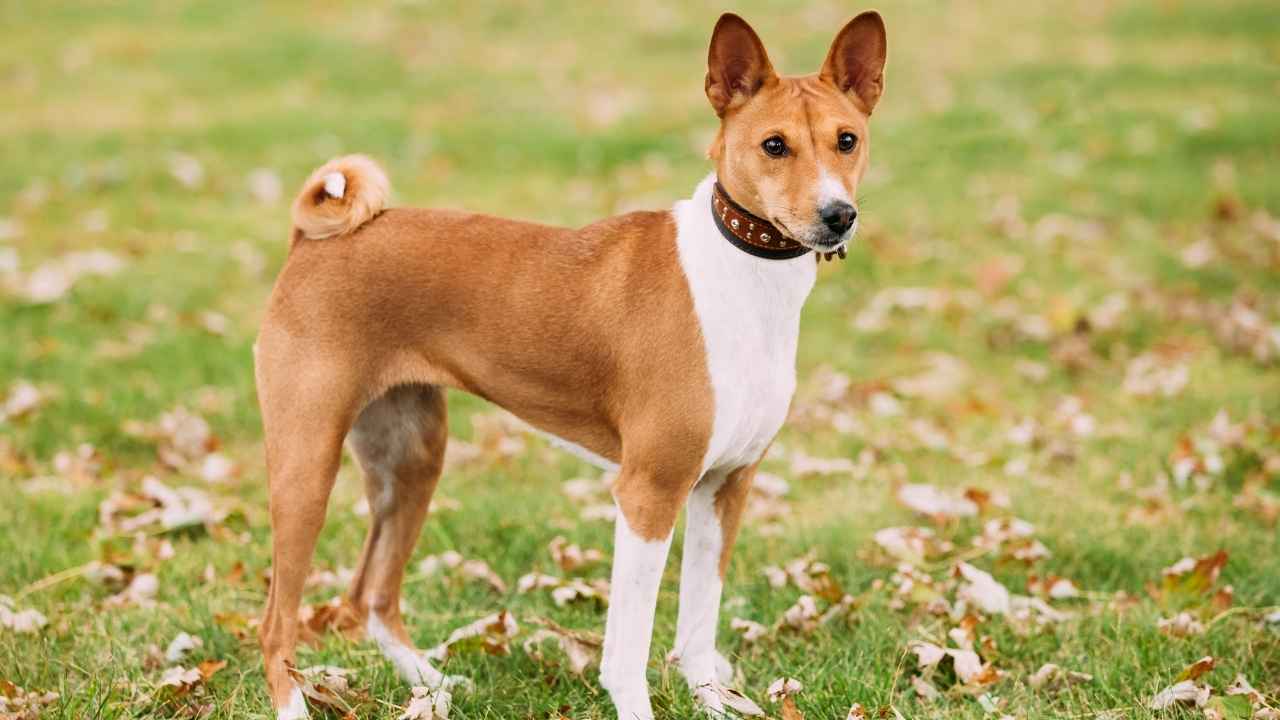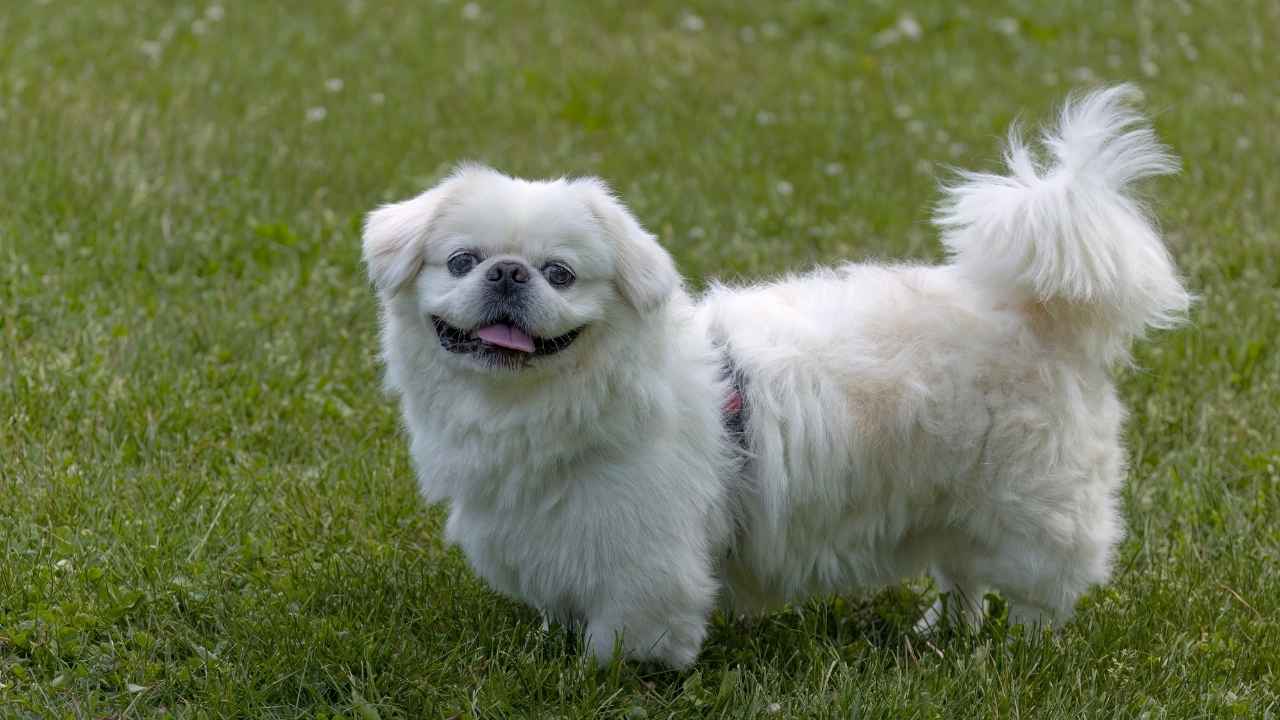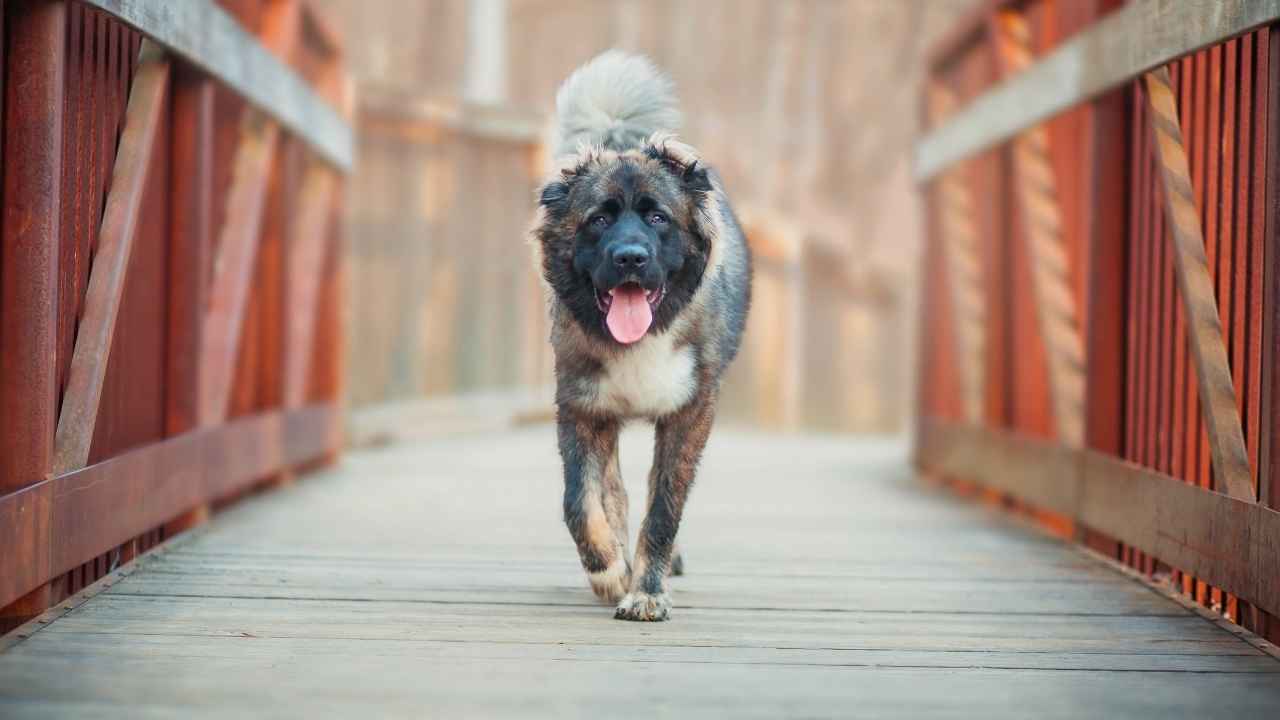Choosing a family-friendly dog is a crucial decision that can significantly impact your household dynamic. While many breeds are known for their gentle, loving nature, others may not be as well-suited for families with young children or busy lifestyles. In “7 Family-Unfriendly Dog Breeds: Is Your Dog Right For You?” we delve into the breeds that may pose challenges for family environments. Whether it be due to high energy levels, size, or temperament, understanding these traits is essential for ensuring harmony in your home. Join us as we explore the breeds that require careful consideration before becoming part of your family.
Bringing a dog into your home can be one of the most rewarding decisions. But for families, choosing the right breed is crucial. Not all dogs are naturally suited to the chaos and joy of family life. Some breeds, though beautiful, can be challenging companions when young children or other pets are involved.
While most dogs make loyal companions, certain breeds may require more patience and experience from their pet parents. Some have a strong need for mental stimulation, while others are aggressive protectors, requiring careful training and socialization.
The American Kennel Club highlights that understanding a dog’s temperament is key to selecting the best match for your family. Some dogs, though well-intentioned, might not fit comfortably in a busy home environment due to their behavior tendencies.
Read on to explore more about family unfriendly dog breeds and find out which dogs might not be the best fit for your household.
7 Family-Unfriendly Dog Breeds
1. Australian Cattle Dog
Originally bred for herding, the Australian Cattle Dog is an intelligent and energetic breed. They possess a strong sense of independence, which makes them less suitable for family environments, especially with small children. Their temperament can be fiercely protective, and they may become aggressive without proper training.
Health-wise, this breed is prone to hip and elbow dysplasia. While they tend to live long lives, their high energy demands can cause stress for families without ample space or time for enough exercise. VCA says their constant need for stimulation might overwhelm pet parents.
Training can be difficult due to their strong-willed nature and tendency to herd. Socializing them properly from a young age is critical, but they may struggle to adapt to family dynamics. This breed often requires experienced handlers.
Due to their high protective instincts, they can become territorial, posing safety concerns in a household. These tendencies can be managed with proper socialization, but they’re not ideal for households with other pets or young children.
2. Karelian Bear Dog
The Karelian Bear Dog was originally bred to hunt big game. Their natural drive to protect their territory can make them aggressive, especially toward unfamiliar people and animals. This breed tends to view other dogs and small children as potential threats.
Common health issues with Karelian Bear Dogs include joint problems and a tendency for weight gain. Their life expectancy is often cut short due to these complications. Pet parents must monitor their health closely to prevent these issues from affecting their family life.
Training these energetic dogs can be challenging as they are incredibly independent and strongly desire to follow their instincts. Without early training, they may grow overly protective, creating difficulties with family members. They often need consistent leadership.
Their aggressive nature and desire to protect can create a dangerous environment in a home with small children or multiple pets. Properly managing their instincts is essential for safety, but they are generally not family-friendly dogs.
3. Akita
Akitas were originally bred as guard dogs, known for their loyalty and protective instincts. While they are gentle giants with their beloved humans, their temperament can make them unsuitable for families with children or other pets. They tend to be independent and territorial.
Health concerns for Akitas include hip dysplasia, hypothyroidism, and autoimmune diseases. Although relatively healthy, these conditions can be problematic, especially for busy families who may struggle to provide the necessary care and attention.
Training an Akita requires patience and consistency. CKCUSA states they are intelligent dogs but tend to exhibit stubborn behavior, making socialization challenging. They may develop aggressive tendencies, especially toward strangers or other animals without proper training.
Safety can be a concern due to their strong protective instincts. Their size and power can lead to dangerous situations if not properly managed. Akitas are best suited for families with experience handling larger, more independent dogs.
4. Tibetan Mastiff
The Tibetan Mastiff, originally bred to guard livestock, has a strong protective nature. This breed can become territorial, especially when their family is threatened. While loyal, their tendency to guard can make them aggressive toward strangers and other animals.
Health issues such as hip dysplasia and respiratory problems can affect this breed. Tibetan Mastiffs are also prone to bloat, which can be life-threatening. These health challenges may become burdensome for pet parents who are unprepared for their specific needs.
Training this breed can be difficult due to their independent and sometimes aloof nature. They require firm, consistent leadership to prevent them from becoming overly protective or aggressive. Without proper socialization, they may pose a challenge in a family setting.
Safety concerns arise due to their size and strength. While gentle giants with their family members, their powerful instincts can lead to dangerous situations if they feel threatened. Tibetan Mastiffs are not the best choice for homes with young children or multiple pets.
5. Basenji
The Basenji is known for its intelligence and aloofness. Originally bred for hunting, these dogs are independent and often do not form strong bonds with family members. They can be challenging for families with children because they seek personal space.
Health problems in Basenjis often include kidney issues and eye conditions. These health concerns can burden families who may not be equipped to handle them. While they have a long life expectancy, their physical and emotional needs can be demanding.
Training Basenjis can be a challenge due to their independent nature. These aggressive dogs are not typically eager to please, leading to difficulty in obedience training. Without early socialization, they may be wary of unfamiliar faces, creating tension in family environments.
Safety can be a concern as Basenjis have a high prey drive. Their instinct to chase small animals or even small children can lead to accidents. Proper supervision is necessary when they are around other pets or children.
6. Pekingese
Pekingese dogs, with their smooth coat and small size, are often adored for their regal appearance. However, their independent nature and territorial instincts make them less suitable for families with young children. They can be snappy and possessive, which creates difficulties in socialization.
Health issues are prevalent in Pekingese dogs due to their brachycephalic nature, leading to respiratory problems. Their small size doesn’t prevent them from developing joint issues like luxating patellas. These health concerns require constant attention from their pet parents.
Training this breed requires patience and understanding, as they tend to be stubborn. Pekingese dogs are not the easiest to house-train or socialize, making living with them challenging. Their independence often conflicts with a family-oriented environment.
Safety concerns arise due to their small size and protective instincts. Pekingese may not tolerate rough play from children and may become aggressive if they feel threatened. Their behavior can make them a poor fit for families with young kids or other pets.
7. Caucasian Shepherd
Originally bred to guard livestock, the Caucasian Shepherd is a giant with an incredibly strong protective instinct. Their territorial nature can make them aggressive toward strangers and other pets. While loyal to their family, they may not always interact well with young children.
Health issues such as hip dysplasia and heart problems are common in this breed. Their large size also strains their joints, requiring careful monitoring to prevent injury. These health concerns may limit the breed’s suitability for busy families.
Training a Caucasian Shepherd can be daunting, as they tend to be strong-willed and independent. As per PetMD, they require consistent training from an experienced handler, and early socialization is necessary. Without it, they can become overly protective and difficult to control.
Safety concerns arise due to their sheer size and aggressive tendencies. Their protective behavior may lead to dangerous situations if not managed properly. This breed is better suited for experienced owners in controlled environments, away from small children and other pets.
Conclusion
Choosing the right dog for your family can feel overwhelming, especially when considering breeds that might not be a perfect match. Have you ever considered how a dog’s temperament affects your household? It’s more important than we often realize.
Although breeds like the Akita or Karelian Bear Dog can be more challenging for family dynamics, many wonderful, family-friendly dogs exist. Breeds such as the loyal Labrador, energetic Australian Shepherd, or gentle Saint Bernard are great choices for families seeking a loving companion. Their temperament and energy levels are often a better fit for household harmony.
Ultimately, the decision comes down to finding the right match for your home. Every dog has unique needs, and it’s essential to consider how they will interact with your family. Choose wisely to ensure a lasting, happy bond!
In conclusion, selecting the right dog breed for a family is crucial to ensure a harmonious and safe home environment. While some breeds are known for their friendliness and adaptability, others may not be as suitable due to their size, temperament, energy levels, or specific care needs. It’s important for potential dog owners to thoroughly research and consider these factors, possibly consulting with breeders or veterinarians, to determine if a particular breed aligns with their lifestyle and family dynamics. Making an informed decision can lead to a fulfilling and joyful companionship that benefits both the family and the dog.

